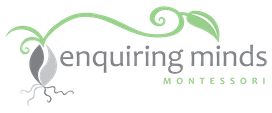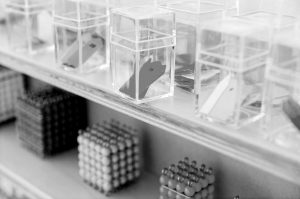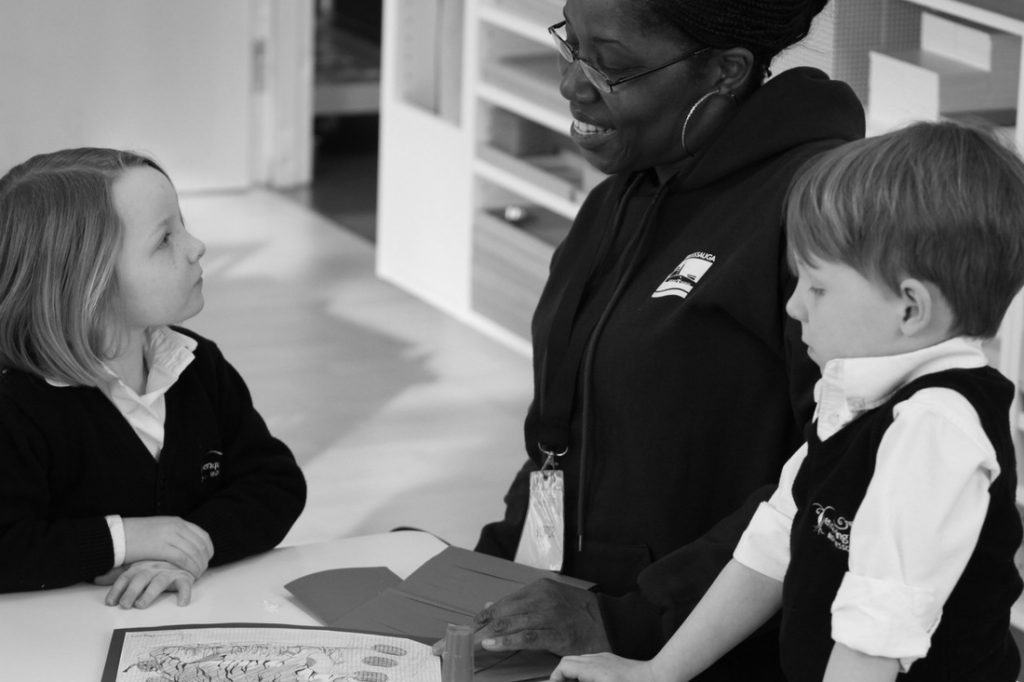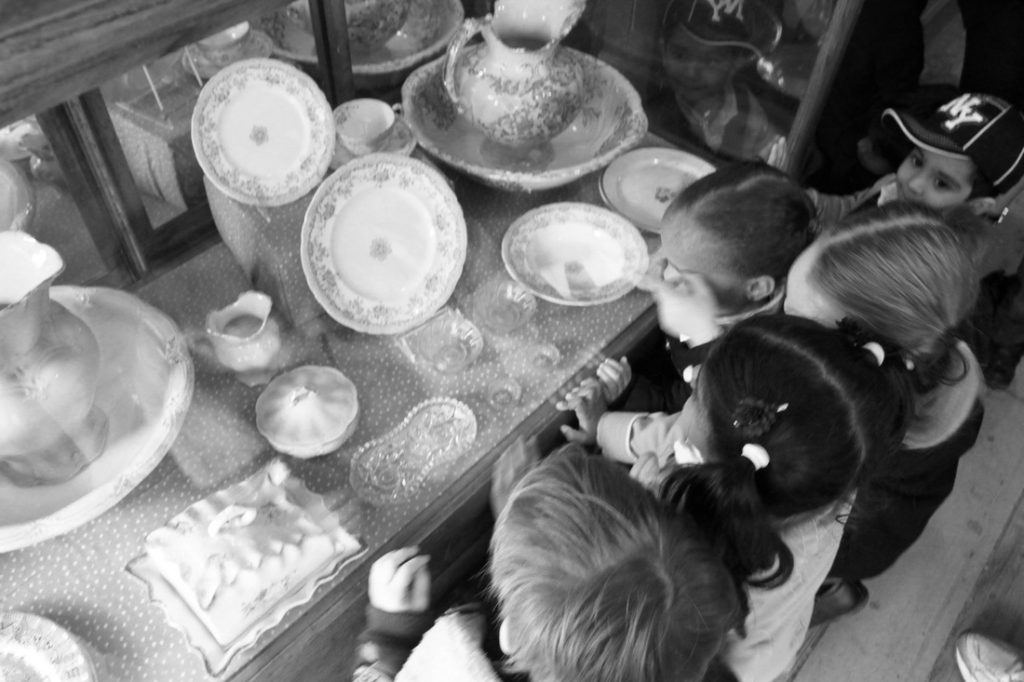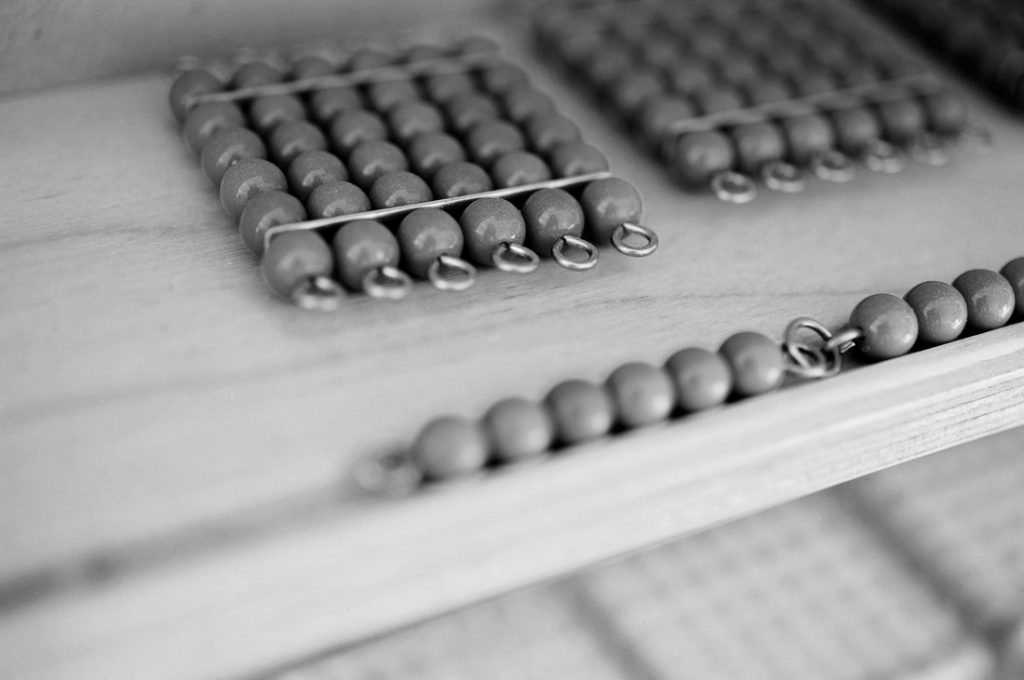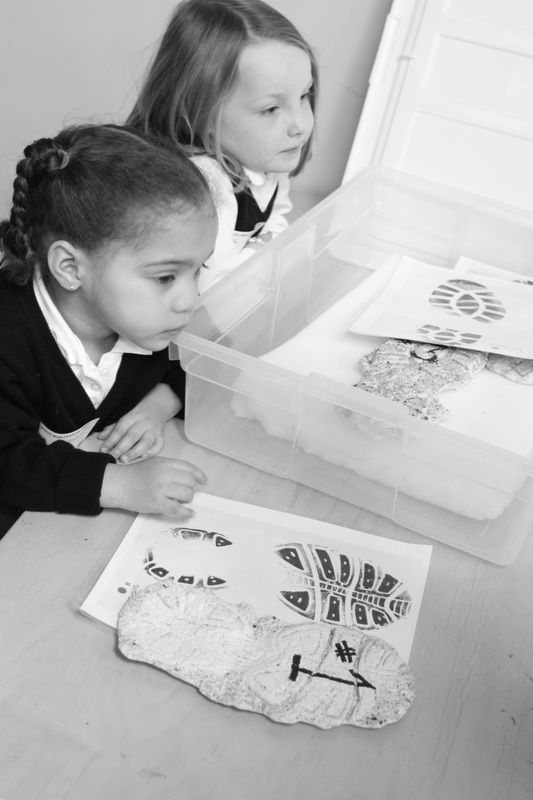The Montessori Approach to Education
Montessori represents an entirely different approach than that of traditional education. Montessori emphasizes learning through all five senses, not just through listening, watching, or reading. Children in Montessori classes learn at their own, individual pace and according to their own choice of activities from hundreds of possibilities. Learning is an exciting process of discovery, leading to concentration, motivation, self-discipline, and a love for learning.
One of the basic values at the Enquiring Minds Montessori Casa is to emphasize cooperative, rather than competitive, behaviour. We try to encourage the children’s academic and social growth in non-competitive ways as well. Rather than expect the children to measure up to some artificial grade level, we hope to help them develop their skills and abilities on a continuum, a steady pattern of growth. We do not want to compare them to what others in their grade or age group “should” be doing. We do want them to achieve at their own best level.
Montessori education has no religious affiliation. It is not a therapy, nor is it an approach useful only with certain categories of special children. The Montessori Method is effective in pre-school, elementary school and high school. In addition, Montessori techniques can be used successfully with gifted children and children with learning disabilities and other special needs.
Montessori Goals
The primary goals of the Montessori Method are to:
- Promote the growth of a positive self-image in each child and satisfaction about him/herself, which is the key to the development of a person’s full potential
- Promote feelings of enthusiasm and responsibility about one’s world
- Create an awareness of one’s own feelings and sensitivity to the feelings of others
- Encourage the natural desire, ability, self-discipline, and independence inherent in learning
- Ensure the mastery of the basic skills in order to pursue knowledge
- Teach physical coordination and control
- Develop the ability to concentrate and attend to details
- Develop a sense of order
Montessori Materials & Activities
The materials in the classroom can be divided into five main areas. Activity with these materials involves physical and mental action, linking body and mind.
1. Practical Life Exercises such as pouring, grating, polishing, sorting, washing, buttoning, etc. help the child learn to function in his/her own environment, and are preliminary to more advanced learning. The child develops an attention to detail, a lengthened span of concentration, muscular control and coordination through the successful completion of these basic exercises.
2. Sensorial Activities are designed to isolate and sharpen each of the five senses. Grading and comparing sounds, sizes, colors, textures and shapes help organize the impressions a child receives. The materials have a built-in control of error so the child can correct his/her own mistakes. Sensorial materials are sequential and provide a foundation for mathematics and language.
3. Language Materials are presented individually. Children are taught the sound and formation of the letters kinesthetically through the use of sandpaper letters and similar materials. Word building activities of increasing difficulty are done over a long period of time. Reading follows naturally.
4. Mathematical Concepts are presented through extensive use of concrete materials. The child’s sensorial training enables him/her to identify and differentiate the idea of quantity that is built into the Montessori materials. The child gains the conception of numbers and their application on arithmetical operations.
5. Geography, history, botany, biology, music and grammar are introduced through the use of concrete materials.
In addition to the Montessori curriculum, Enquiring Minds Montessori Casa has incorporated further enrichment through individual and group activities in the Arts to heighten cultural awareness in its students.
Montessori Classroom Guidelines
The word “rules” often seems negative because it usually includes a lot of “don’ts” and connotes authority. However within the Montessori framework, ground rules have evolved from a much more positive base. Dr. Maria Montessori believed that “education centers upon the care of the living being…the total person including the biological and social.” Education is a natural process that develops spontaneously. It is acquired through experiences in which the child acts on his or her environment.
The following guidelines or “ground rules” have evolved to provide a balance of rights and responsibilities. Without them, there would be confusion and disorder. Guidelines are a way of saying to the child, “I know you can and expect you will.” The adult is there only to see that the limits are respected; the limits themselves are not within the adult, but within the situation.
1. Rights of the Child
- To select an appropriate exercise of their choice
- To work alone if desired
- To repeat an activity as many times as needed or desired
- To observe others in an activity (with their permission) without participating
- To ask for and receive help from an adult
- Not to join a group activity if s/he prefers
2. Responsibilities of the Child
- To respect the rights of others
- To respect the environment
- To complete the work cycle of the activities/he has chosen (Including project storage for completion at a later date)
3. Role of the Adult
- To respect the child
- To prepare the environment
- To act as an appropriate model
- To observe the child at work
- To reinforce the guidelines
- To intervene if the child is demonstrating disturbing, dangerous or destructive behavior to him/herself or others
Our goal is to communicate with you in an open and honest way to determine optimal approaches for working with your child.

